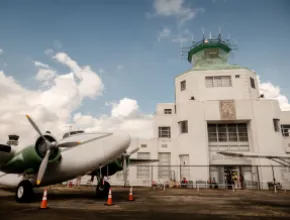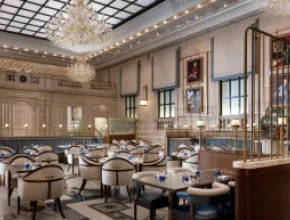A rebuttal to homogeneous chain properties, historic hotels appeal to groups for their distinctive architectural designs, yesteryear charm and unique ambience.
These engaging differences, however, can sometimes present challenges to planners. It’s imperative with historic hotels to evaluate all aspects of the property to ensure a successful and productive meeting or event.
“Historic hotels can often provide an incomparable charm and can make the hotel itself become part of the meeting rather than incidental to it, but planners should be mindful that these hotels were not always built as meeting venues,” says Brett Sterenson, president of Hotel Lobbyists, a Washington, D.C., conference site-selection firm.
Melissa Sadler, director of events and The Color Bearers at the Civil War Trust, agrees.
“Conformity of rooms, green initiatives and technology are all things to ask about at a historic hotel,” she says. “Some historic hotels tend to have columns in meeting space, and that can present challenges for certain presentations.”
Realistically, a historic hotel must have up-to-date technology, well-appointed guest rooms with business travel amenities and fully equipped meeting rooms to compete with modern hotels successfully.
“Paying close attention to recent renovations, green initiatives and guest room designs are key elements in evaluating a historic hotel,” says Michael DiRienzo, director of sales for Historic Hotels of America, a program of the National Trust for Historic Preservation, which identifies hotels that have faithfully maintained their historic integrity, architecture and ambience. The organization has 235 hotels in 45 states, the District of Columbia, Puerto Rico and the U.S. Virgin Islands.
Despite any shortcomings, Sadler maintains historic hotels are a viable option for groups.
“I believe the charm and unique qualities of many of the historic inns make up for any modern day amenities that new hotels can offer,” she says.





